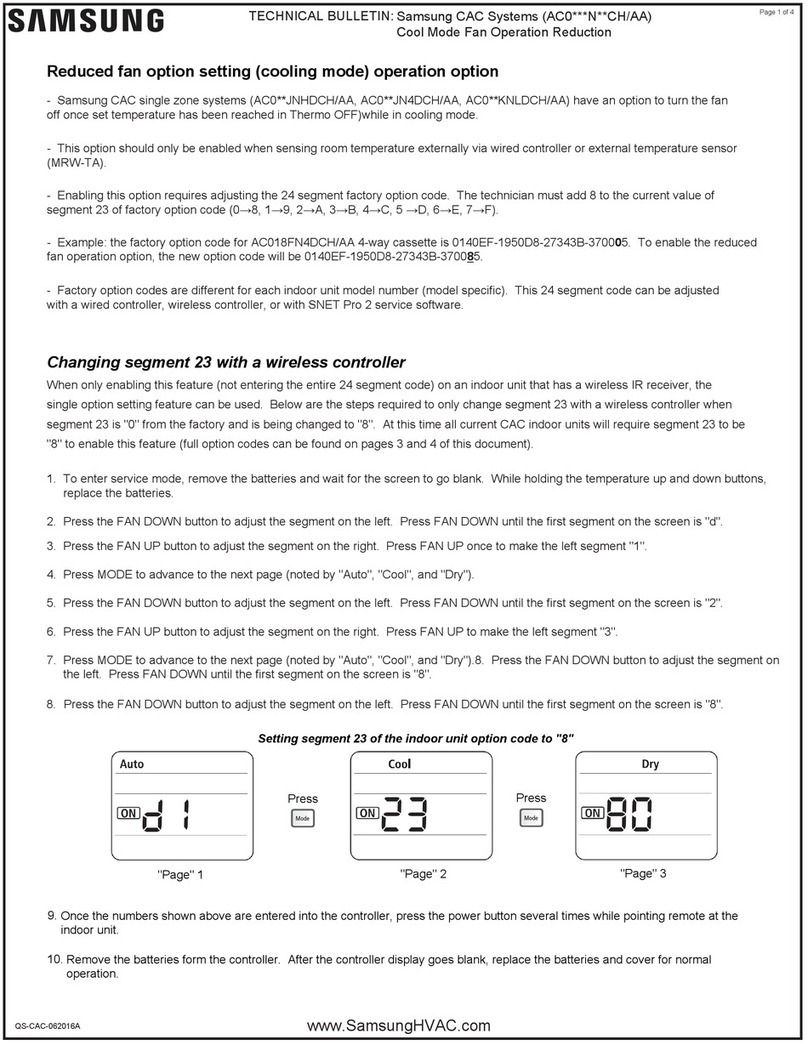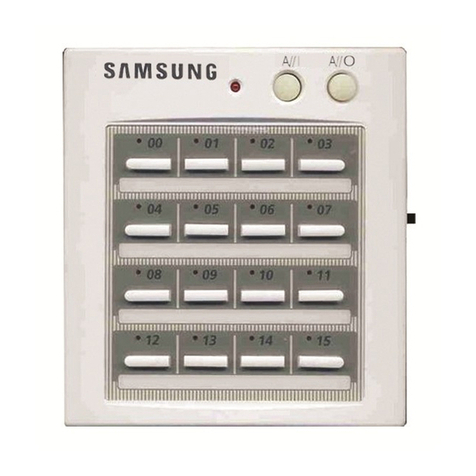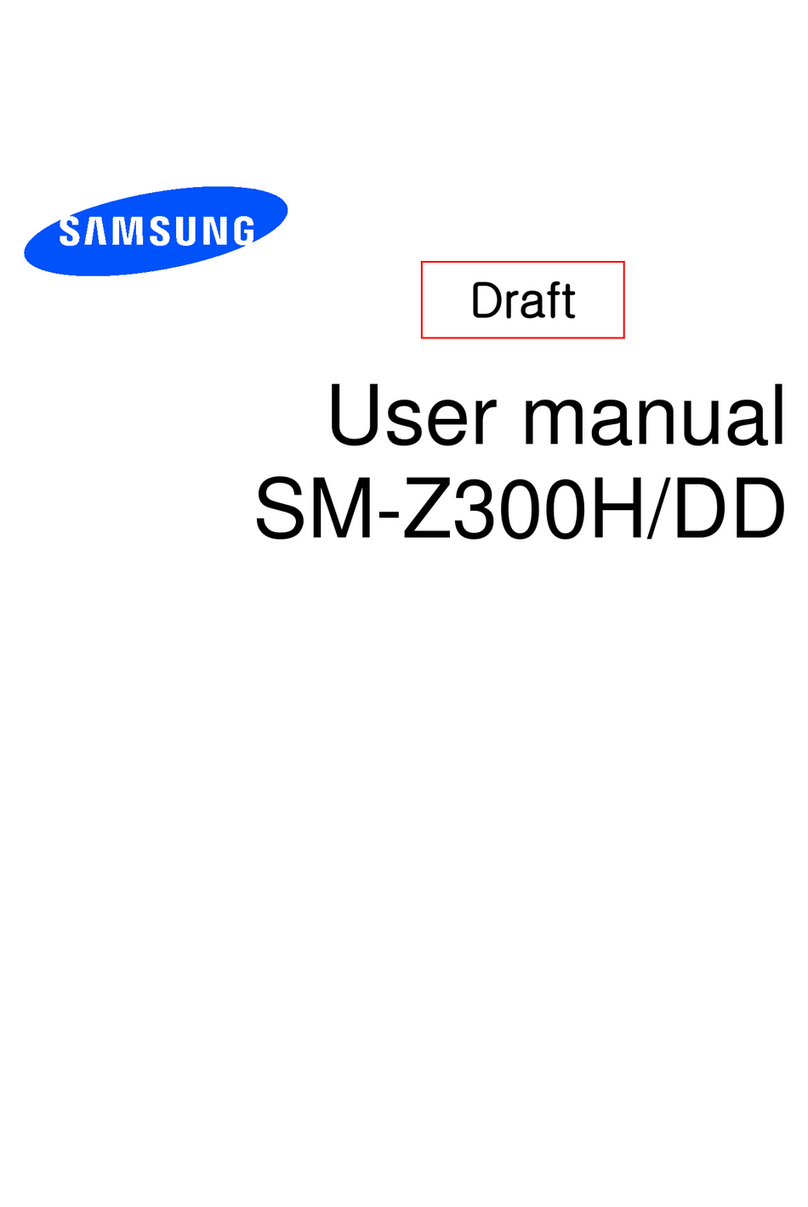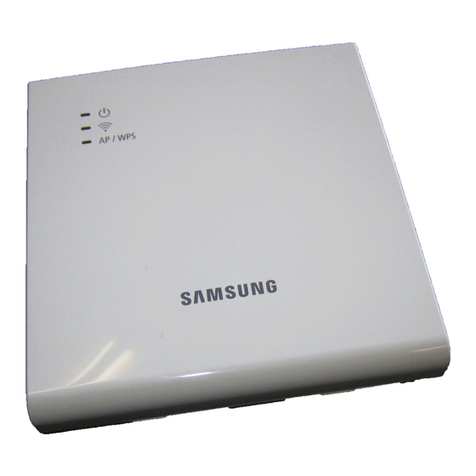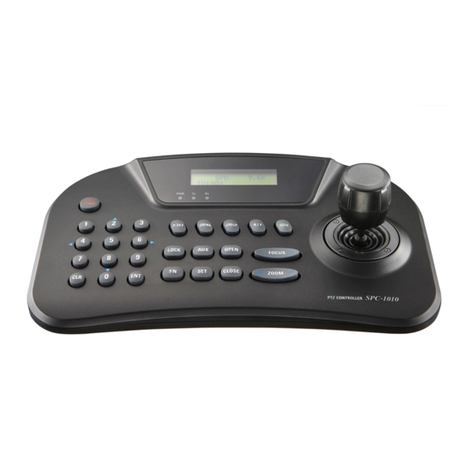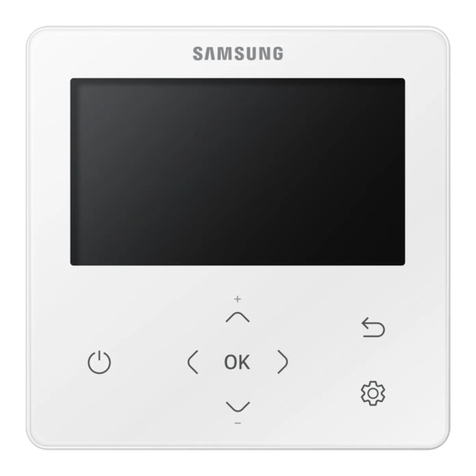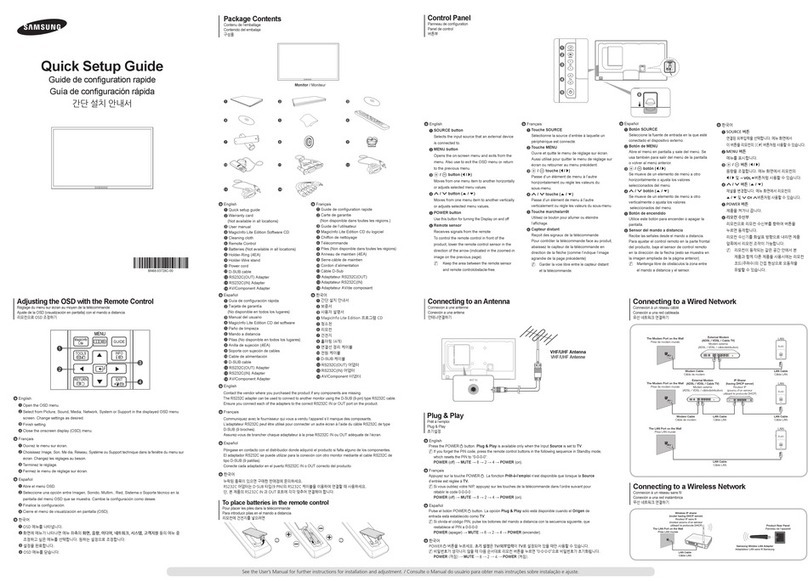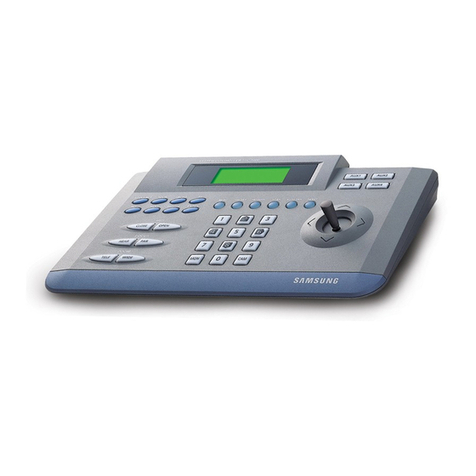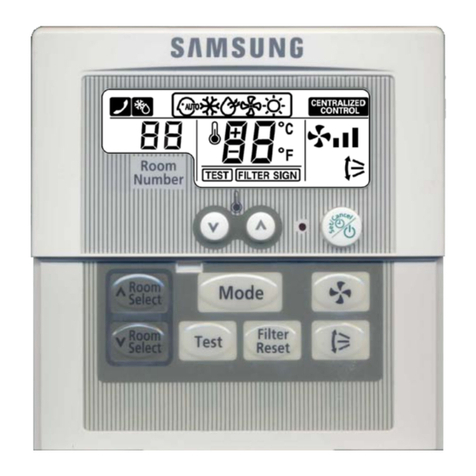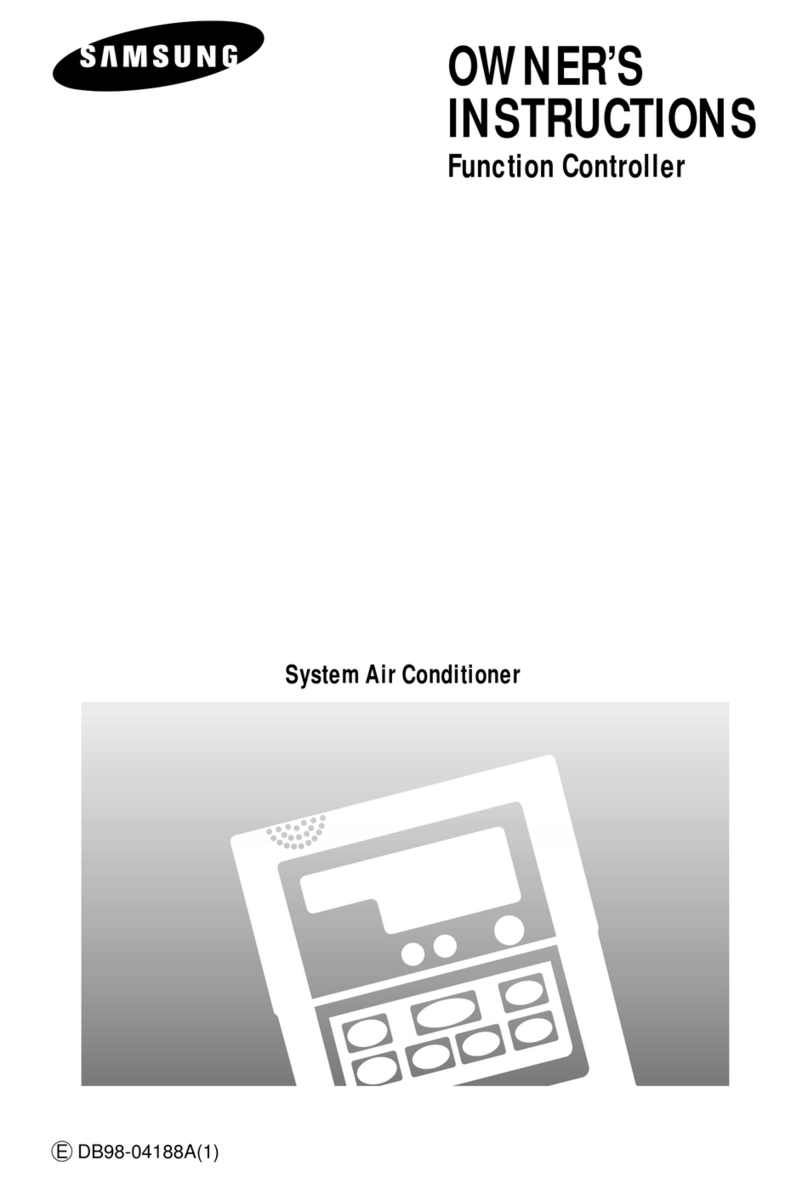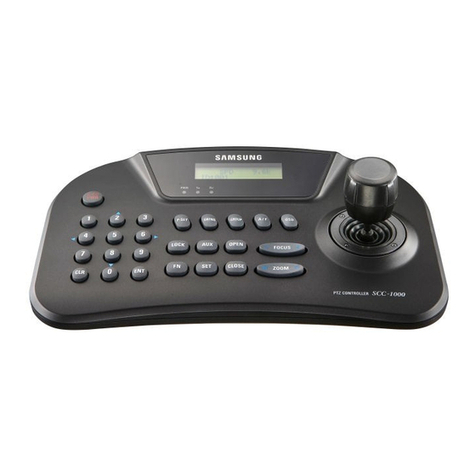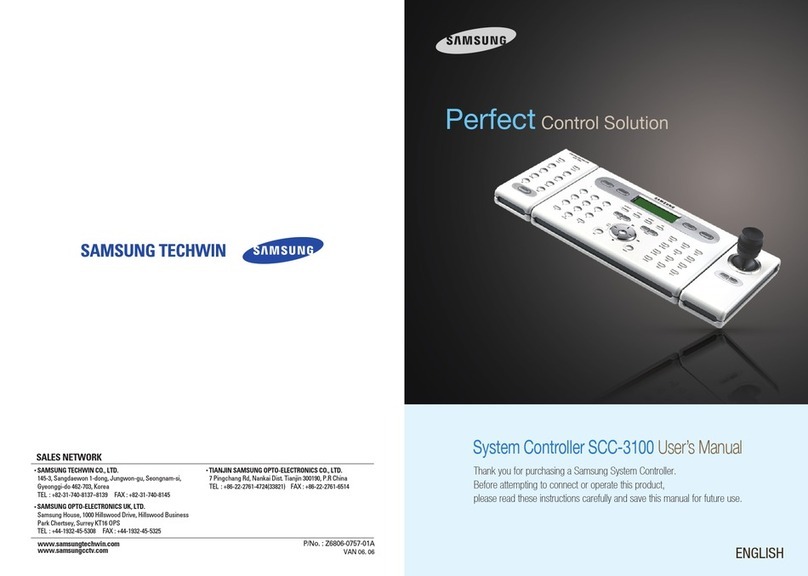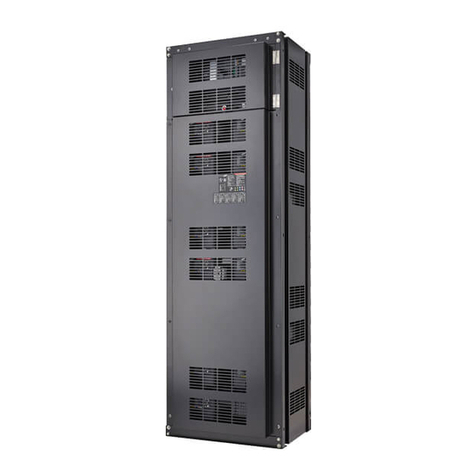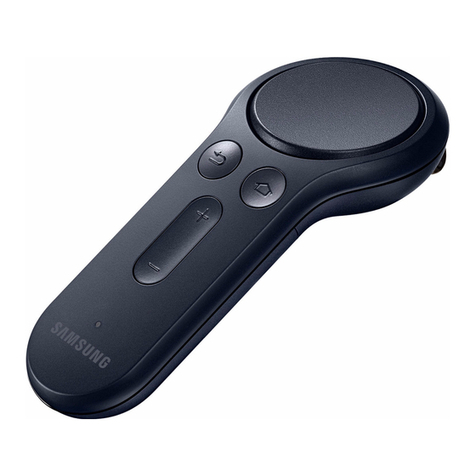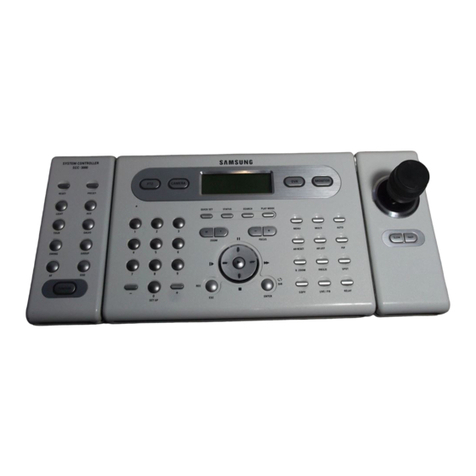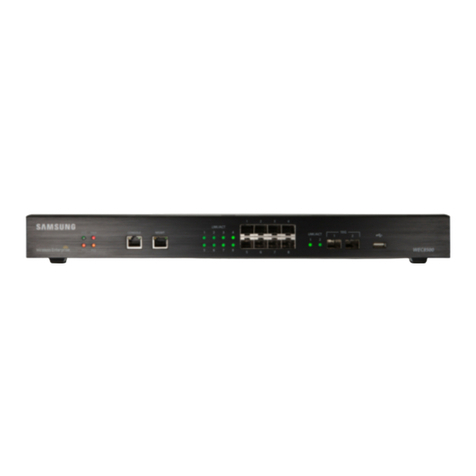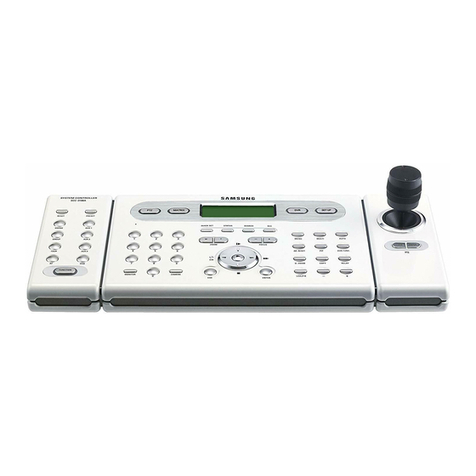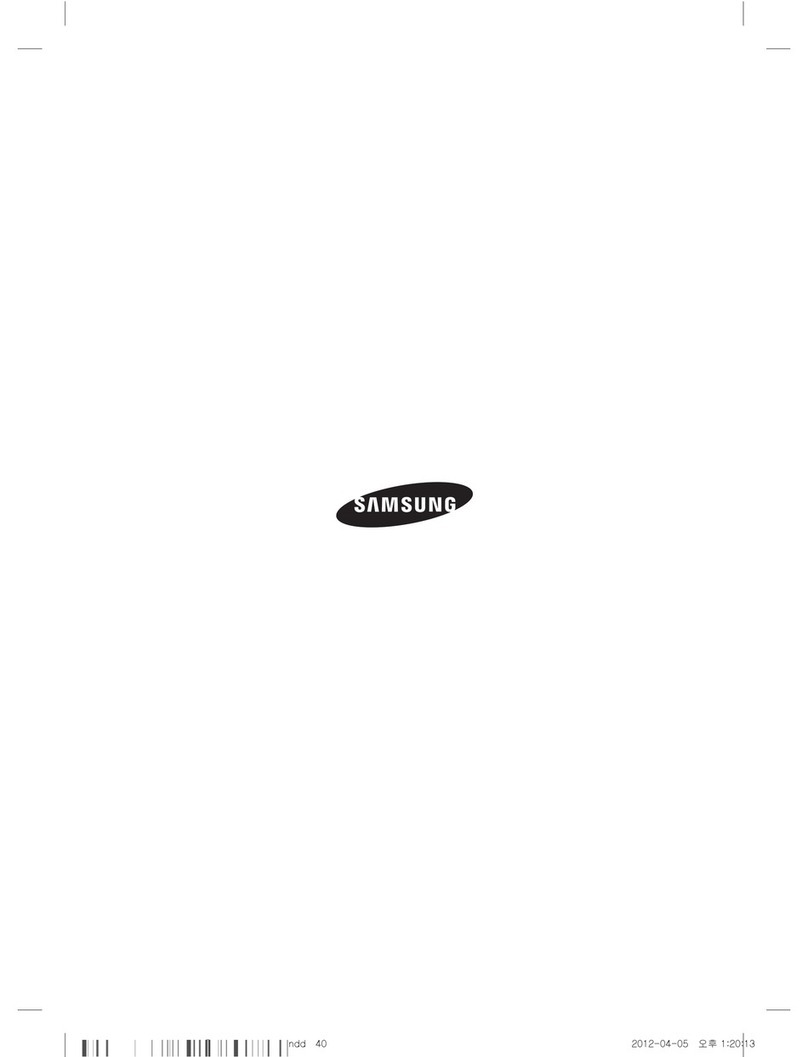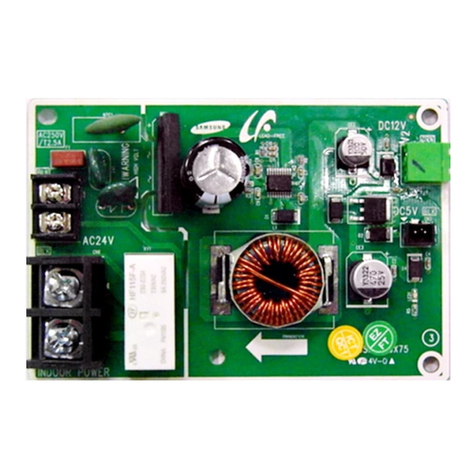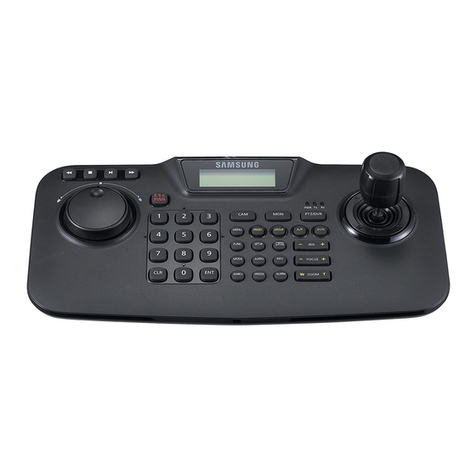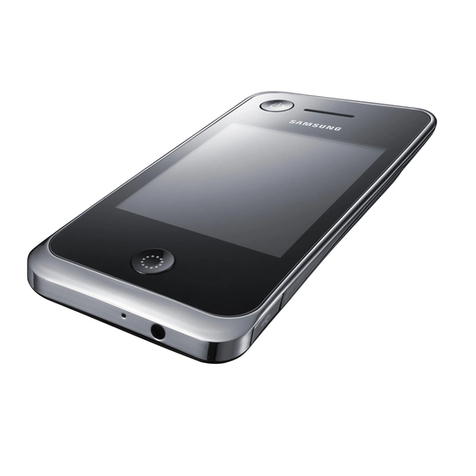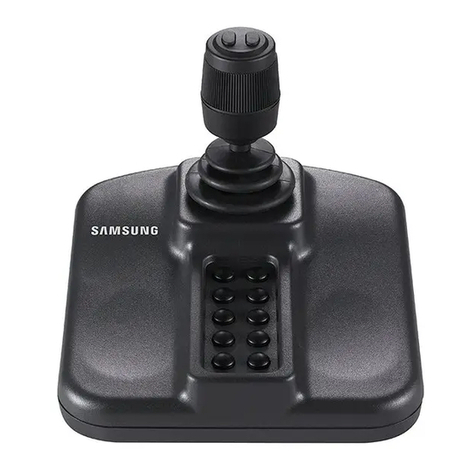
Health and safety information
Exposure to Radio Frequency (RF)
Signals
Certification Information (SAR)
Your
wireless phone
is a
radio transmitter
and
receiver.
It is
designed
and
manufactured
not to exceed the
exposure
limits for radio
frequency
(RF) energy set by the Federal
Communications Commission (FCC)
of the
U.S. government. These FCC exposure
limits
are
derived from
the
recommendations
of two
expert organizations,
the
National
Counsel
on Radiation
Protection
and
Measurement
(NCRP) and the Institute of Electrical and
Electronics Engineers
(IEEE). In both cases, the
recommendations
were
developed
by
scientific
and
engineering experts drawn
from
industry, government,
and
academia
after
extensive reviews
of the
scientific literature related
to the
biological effects
of RF energy.
The exposure limit set by the FCC for wireless mobile phones employs a unit of
measurement
known as the
Specific Absorption
Rate
(SAR).
The SAR is a
measure
of
the rate of
absorption
of RF
energy
by the
human
body
expressed
in units of watts per
kilogram (W/kg).
The FCC
requires wireless phones
to
comply
with a safety limit of 1.6
watts
per
kilogram
(1.6
W/kg).
The FCC
exposure
limit
incorporates
a
substantial
margin
of safety to give
additional protection
to the public and to
account
for any
variations
in
measurements.
SAR tests are
conducted
using
standard operating positions accepted
by the FCC with
the phone
transmitting
at its
highest certified
power level in all tested
frequency
bands.
Although
the
SAR
is
determined
at the
highest certified power level,
the
actual SAR
level
of the
phone while operating
can be well
below
the
maximum value.
This is
because
the
phone is designed to operate at multiple power levels so as to use only the power
required
to reach the
network.
In
general,
the closer you are to a
wireless
base station
antenna, the lower
the
power
output.
Before a new model phone is available for sale to the public, it must be tested and
certified
to the FCC that it does not
exceed
the
exposure
limit
established
by the FCC.
Tests
for
each model phone
are
performed
in
positions
and
locations (e.g.
at the ear and
worn
on the
body)
as
required
by the FCC.
For body worn operations, this model phone has been tested and meets the FCC
exposure guidelines when used with
a
Samsung accessory designated
for this
product
or
when used with an
accessory
that
contains
no metal and that
positions
the
handset
a
minimum
1.0 cm
from
the body.
Non-compliance
with the above
restrictions
may result in
violation
of FCC RF
exposure
guidelines.
